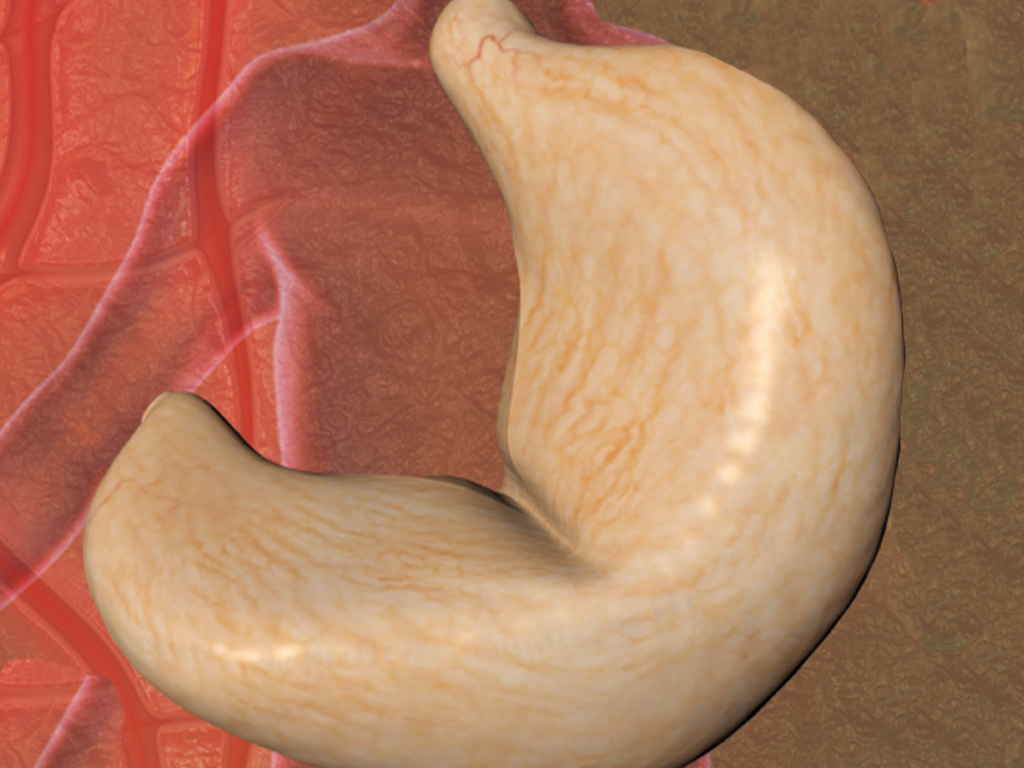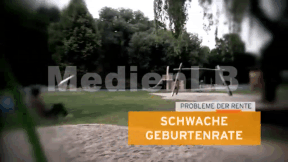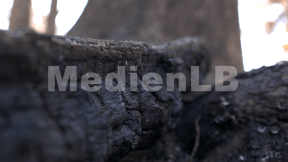 Biologie
Biologie

4677085 / 5564377
Der Magen
Aufbau und Funktion
Der Film zeigt das zentrale Organ der Verdauung, den Magen.
Ein eigenes Kapitel zeigt den Weg der Nahrung durch den menschlichen Körper und geht besonders auf die Prozesse im Magen ein. Es wird verdeutlicht, inwieweit eine gesunde Ernährung eine Bedeutung für den menschlichen Körper hat.
Die Anatomie des menschlichen Magens und der Aufbau der Magenschleimhaut wird gezeigt und grafisch dargestellt.
Abschließend werden Mägen im Tierreich vorgestellt und insbesondere die Mägen der Vögel und der Kühe erläutert.
In Verbindung mit dem umfangreichen Unterrichtsmaterial (Interaktive und klassische Arbeitsblätter, Testfragen, Unterrichtsentwurf) ist die vorliegende DVD hervorragend für den Einsatz im Unterricht geeignet.

Lehrplanzentral und an den Bildungsstandards orientiert
Passend dazu
Altersarmut
Innerhalb von 52 Jahren hat sich in der Bundesrepublik das Verhältnis von Beitragszahlern für die Rente zu den bestehenden Rentnern um den Faktor 3 verschlechtert. Sind 1962 noch 6 Erwerbstätige für die Rentenzahlung eines Rentners aufkommen, so mussten 2014 zwei Erwerbstätige für die Rentenzahlung von einem Rentner aufkommen. Die Altersarmut in Deutschland steigt. Denn nur wer 40 Jahre ohne Unterbrechung mindestens 2.100 € verdient hat, bekommt als Rente mehr als den Hartz-IV-Satz ausgezahlt. Beschäftige im Niedriglohnsektor oder in Teilzeit können selbst nach 45 Jahren Arbeit nicht von ihrer Rente leben. Vielen Rentnern bleibt nur der entwürdigende Weg zum Arbeitsamt.
Katastrophenschutz
Die Flutkatastrophe vom Sommer 2021 hat gnadenlos die Defizite im Frühwarnsystem und die Bedrohungen durch den Klimawandel gezeigt.










